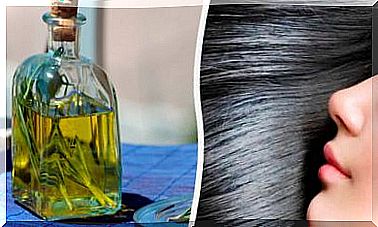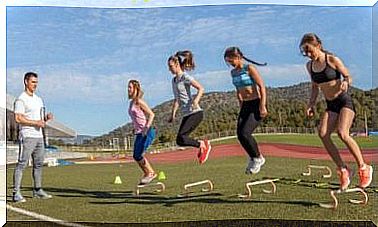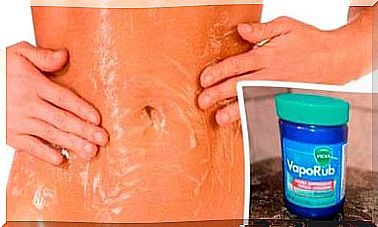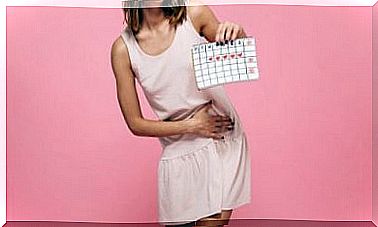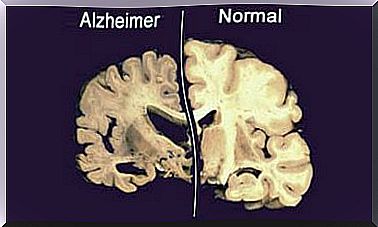Pressure Ulcers: Care And Advice
The main cause of pressure ulcers is careless handling of a person who has to remain immobilized for a long time. Taking appropriate preventative measures will prevent these injuries and all the complications they cause.
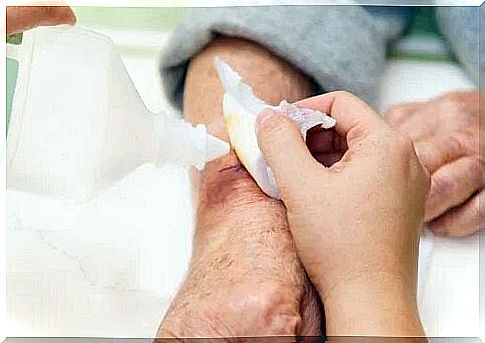
Pressure ulcers or bedsores are lesions caused by staying in one position for a long time, when a part of the body is pressed against a solid. Usually they occur in people who have been in bed for a long time, but they also occur in other positions.
It is also very important to note that most pressure sores are preventable. Just follow the basic rules of care and attention. So much so that in various parts of the world, the presence of this type of injury has legal implications for those who practice the profession of caregiver.
The presence of pressure sores can lead to a series of complications which, in the most serious cases, are life threatening. Women suffer from these types of injuries more often, which are also more common in people between the ages of 71 and 90.
What are Pressure Ulcers?
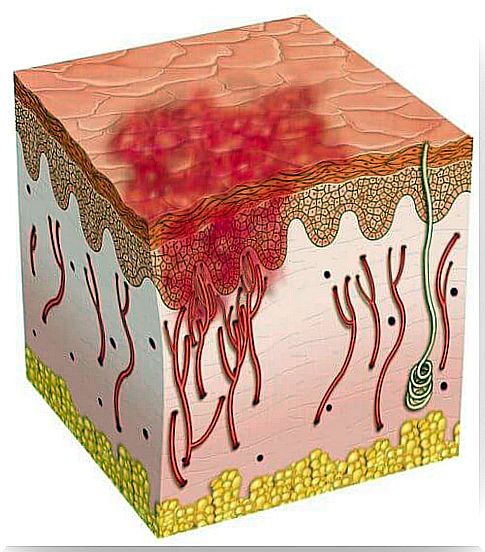
Pressure ulcers are necrosis, or tissue death, that affects the skin and subcutaneous tissue. Thus, they take place when part of the skin is subjected to pressure between two surfaces. These surfaces are the person’s bones and a solid surface, such as a bed or chair.
This continuous pressure causes a decrease in the supply of oxygen and nutrients to the area of the skin that is under pressure. This is because the blood vessels are crushed. When the skin does not receive the oxygen and nutrients it needs, the tissue dies. The consequence is one or more bedsores.
These injuries therefore appear mainly in people who remain immobilized for a long time or in those who have difficulty in generating spontaneous healing processes. Pressure ulcers in this way seriously affect a person’s quality of life and require specialist care.
Causes and types of ulcers
The main cause of these ulcers is thus the lack of care and preventive measures to avoid them. When a person, for whatever reason, has to remain immobilized for a long period of time, necessary precautions should be taken so that these types of injuries do not appear.
Depending on their appearance and the depth of the lesions, pressure ulcers are classified into four types :
- Grade I. Appear about two hours after onset of pressure. The appearance is erythema or redness on the skin, which does not go away easily.
- Grade II. It compromises the epidermis and the dermis. A grade II pressure ulcer looks like a blister or a laceration.
- Grade III. It compromises the dermis, epidermis and subcutaneous tissue. There is drainage of a serous fluid. If it becomes infected, it drains a purulent fluid.
- Grade IV. They compromise muscle, bones, cartilage and viscera. Dead tissue is often visible to the naked eye.
Pressure ulcer care

The most important thing is to check your skin frequently, at least once a day. If erythema or redness is detected, it is important to be aware of what is going on in that area of the skin. In fact, typical pressure areas are: the back, buttocks, heels, back of the head and elbows.
The skin should always be clean and dry. Cleaning is generally done with a soft sponge or a clean cloth. Whenever there is dirt, cleaning is necessary. It is advisable to use soaps that do not irritate the skin and warm water. No type of alcohol should be used.
You should apply moisturizers regularly and wait for the skin to absorb them. Likewise, use bedding made from natural fabrics and dry, clean clothes. Likewise, it is very convenient to use padded or protective dressings in areas of pressure.
Additional tips
If a person has to stay in bed for a long time and cannot move on their own, then they should be moved or helped to change position every two to three hours. If the person is seated, changes should be made every 12 to 30 minutes.
It is also important to prevent the bony prominences from rubbing against each other. For example knees, ankles, etc. In these cases, it is convenient to use a cushion, a protective element or just to keep these areas separate. It is not appropriate to drag the person to move them.
Finally, another very important recommendation is to avoid humidity. In the event of sweat, urine, stools or suppuration, the skin should be cleaned without further delay. Then dry it by patting it and avoiding rubbing. Finally, in case of incontinence, diapers, catheters or catheters should be used.
